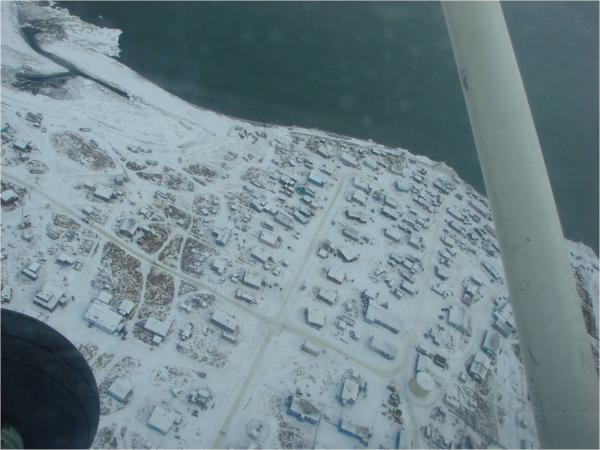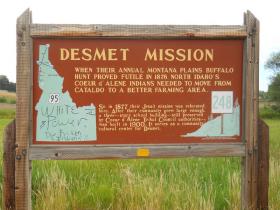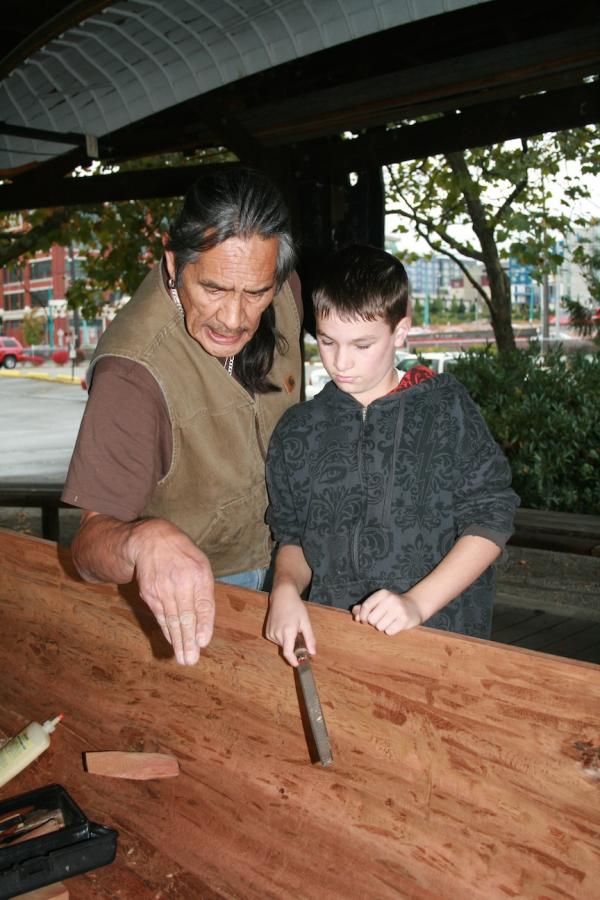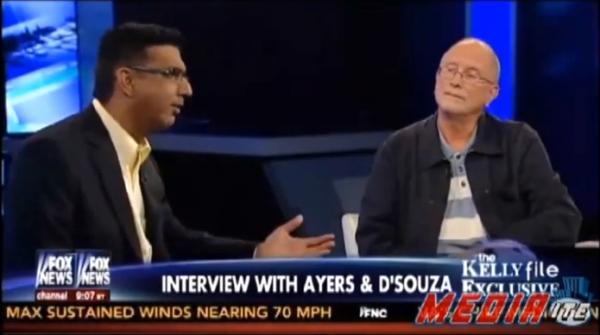Buy-Back Program to begin implementation at Crow Nation,
Fort Belknap, Fort Peck to facilitate purchases from individual landowners
Source: Program, Buy Back
WASHINGTON, DC – In the latest step in the successful implementation of the Land Buy-Back Program for Tribal Nations (Buy-Back Program), Deputy Secretary of the Interior Michael Connor today announced that the Department has signed three additional agreements with tribal nations in Montana to facilitate the purchase of individual interests in fractionated trust lands and consolidate ownership for the tribes with jurisdiction. Agreements with Crow Tribe, Fort Belknap Indian Community, and the Assiniboine and Sioux Tribes of the Fort Peck Indian Reservation detail what each tribal government will do to help implement the Buy Back Program and provide resources to facilitate outreach and education, and solicit interest from owners.
To date, the Buy Back Program has made nearly 33,000 purchase offers to owners of fractionated interests, successfully concluded transactions worth more than $72 million and restored the equivalent of more than 203,000 acres of land to tribal ownership.
“President Obama has made clear his commitment to help strengthen Native American communities and I am proud that today we are continuing that momentum with the steady implementation of the Buy-Back Program,” said Deputy Secretary Connor. “I want to thank the Crow Tribe, Fort Belknap Indian Community, and the Assiniboine and Sioux Tribes of the Fort Peck Indian Reservation for their partnership as we work together to ensure individuals are aware of this historic opportunity to strengthen tribal sovereignty by supporting the consolidation of tribal lands for the benefit of each tribal nation.”
Land fractionation is a serious problem across Indian Country. As lands are passed down through generations, they gain more owners. Many tracts now have hundreds and even thousands of individual owners. Because it is difficult to gain landowner consensus, the lands often lie idle and cannot be used for any beneficial purpose. There are more than 245,000 owners of 3 million fractionated interests, spanning approximately 150 Indian reservations, who are eligible to participate in the Buy-Back Program.
“The Crow Tribe has been focused on addressing fractionated lands on the Crow Reservation for decades. We continue to be committed to restoring the tribal land base and are optimistic that the Cobell Land Buy-Back Program will provide critical funding towards these efforts,” saidChairman DarrinOld Coyote.“Execution of the cooperative agreement is the first important step to implement a tribal member prioritized approach to realize the benefits of the Program.”
The Department recently announced 21 locations where land consolidation activities such as planning, outreach, mapping, mineral evaluations, appraisals or acquisitions are expected to take place through the end of 2015. These communities represent more than half of all the fractional interests and unique owners across Indian Country.
“Fort Belknap would like to express their appreciation with the Land Buy-Back Agreement. We have had a professional working relationship with the Land Buy-Back team. Fort Belknap will be looking forward to increasing tribal land ownership and strengthening the economic environment for the tribe and tribal members. Consolidated tracts are a greater benefit to the overall land use and produce greater income,” said Councilman Curtis Horn, Fort Belknap Indian Community Tribal Land Chairman.
The Buy-Back Program is entering into cooperative agreements that are flexible and responsive to the specific needs and unique circumstances of each tribal government and location involved. The agreements showcase the active role that tribes can have, which is intended to improve the Program’s effectiveness and efficiency while minimizing administrative costs.
“It is my hope that this historic agreement will begin to address thegrowing problem of fractionalization of Indian land ownership on ourReservation by restoring our tribal land base, promoting Indianself-determination, strengthening and advancing the economic security of our tribal community, and fulfil the United States’ trustresponsibility to Indians,” said A.T.Stafne, Chairman of the Fort Peck Tribal Executive Board. “This Agreement recognizes the Tribes’capacity, professionalism and familiarity with trust lands on FortPeck Reservation to efficiently implement land purchases.”
The Buy-Back Program was created to implement the land consolidation component of the Cobell Settlement. The Settlement provided $1.9 billion to consolidate fractional land interests across Indian Country. The Buy-Back Program allows interested individual owners to receive payments for voluntarily selling their land. Consolidated interests are immediately transferred to tribal governments and stay in trust for uses benefiting the tribes and their members.
In addition, sales will result in up to $60 million in contributions to the Cobell Education Scholarship Fund. This donation is in addition to the amounts paid to individual sellers, so it will not reduce the amount landowners receive for their interests.

















